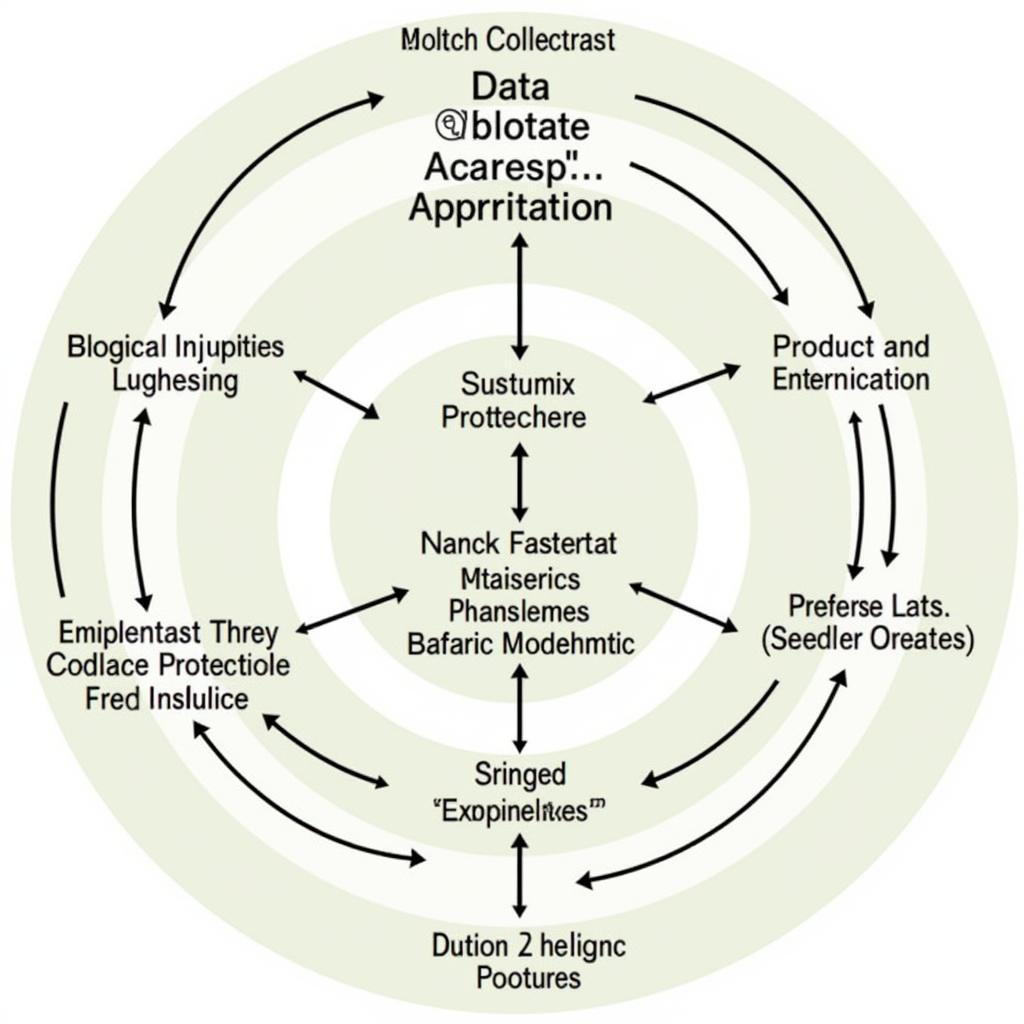When delving into the enigmatic realm of the paranormal, rigorous research is paramount. Just like scientists establish parameters for their studies, paranormal investigators must define clear criteria for inclusion and exclusion. This ensures that the data collected is relevant, reliable, and contributes meaningfully to our understanding of the unknown.
 Inclusion and Exclusion Criteria in Paranormal Research
Inclusion and Exclusion Criteria in Paranormal Research
Defining the Scope: What are Inclusion and Exclusion Criteria?
In any research endeavor, defining who or what qualifies for participation is crucial. Inclusion criteria are the specific characteristics that potential subjects must possess to be included in the study. Conversely, exclusion criteria are characteristics that disqualify potential subjects from participating. These criteria act as filters, ensuring a focused and valid investigation.
Why are These Criteria Essential for Paranormal Research?
Imagine investigating a purportedly haunted location. Without clear criteria, you might collect anecdotal evidence from anyone present, regardless of their experiences or potential biases. This could lead to unreliable data and misleading conclusions.
Here’s why inclusion and exclusion criteria are crucial for paranormal research:
- Focus: They help narrow down the scope of the investigation to a specific phenomenon or experience.
- Consistency: They ensure all data collected is comparable and relevant to the research question.
- Validity: By minimizing extraneous variables, these criteria increase the likelihood of obtaining accurate and meaningful results.
- Reliability: Clearly defined criteria make it easier for other researchers to replicate the study, enhancing the credibility of the findings.
Examples of Inclusion and Exclusion Criteria in Paranormal Research
The specific criteria will depend on the nature of the investigation. Here are some examples:
Investigating a Haunted Location:
- Inclusion: Individuals who have consistently experienced specific paranormal phenomena in the location (e.g., apparitions, disembodied voices)
- Exclusion: Individuals with a history of mental health conditions that could influence their perceptions, or those with a vested interest in promoting the location’s haunted reputation.
Studying Psychic Abilities:
- Inclusion: Individuals who have demonstrated statistically significant psychic abilities under controlled conditions.
- Exclusion: Individuals using any form of trickery or deception, or those unwilling to undergo rigorous testing protocols.
Navigating Ethical Considerations
Ethical considerations are paramount in all research, especially when dealing with sensitive topics like the paranormal. Always prioritize the well-being and privacy of individuals involved. Informed consent is essential, ensuring participants understand the nature and purpose of the research and their right to withdraw at any time.
Strengthening Paranormal Investigations Through Rigorous Methodology
While the paranormal realm is often shrouded in mystery and speculation, employing rigorous research methods, including well-defined inclusion and exclusion criteria, can help us move towards a more objective and scientific understanding of these phenomena.
 Paranormal Research Methodology
Paranormal Research Methodology
By adopting a systematic and critical approach, we can separate genuine paranormal experiences from misinterpretations, hoaxes, or psychological phenomena. This not only enhances the credibility of paranormal research but also contributes to a more informed and nuanced dialogue about the world beyond our current understanding.
FAQ
1. What is the difference between inclusion and exclusion criteria in research?
Inclusion criteria are the characteristics that potential subjects must have to be included in a study, while exclusion criteria are characteristics that disqualify potential subjects from participating.
2. Why are these criteria important in paranormal research?
They help to ensure that the data collected is relevant, reliable, and contributes meaningfully to our understanding of the paranormal.
3. Can you give some examples of inclusion and exclusion criteria for a study on hauntings?
Inclusion: Individuals who have experienced apparitions or disembodied voices in a specific location. Exclusion: Individuals with a history of mental health conditions that could influence their perceptions.
4. What are some ethical considerations to keep in mind when conducting paranormal research?
It’s crucial to prioritize the well-being and privacy of individuals involved and obtain informed consent from all participants.
5. How can I learn more about conducting ethical and rigorous Paranormal Research?
You can find more information on our website, including articles on what is inclusion and exclusion criteria in research examples, cpc clinical research, and clinical research associate intern.
Need Help with Your Paranormal Research?
Contact us today! Our team of experienced paranormal investigators is here to assist you.
Phone: 0904826292
Email: [email protected]
Address: No. 31, Alley 142/7, P. Phú Viên, Bồ Đề, Long Biên, Hà Nội, Việt Nam.
We are available 24/7 to answer your questions and provide support. You can also explore our other articles on imperial clinical research services and apa 7 research proposal format for more guidance on conducting research.